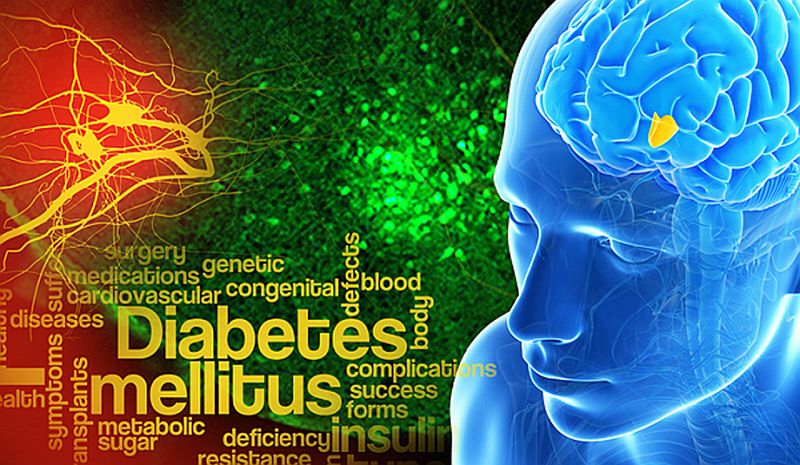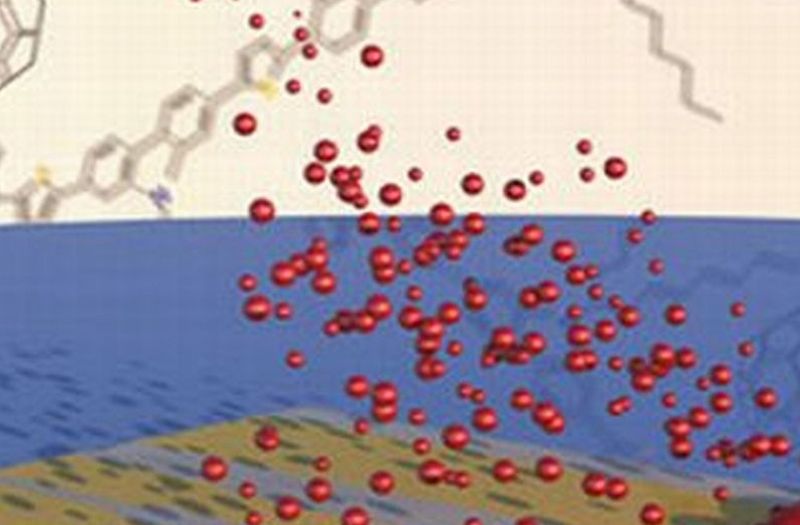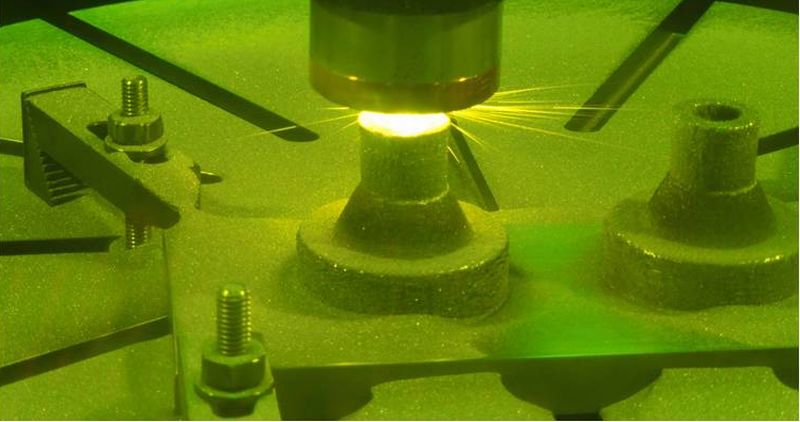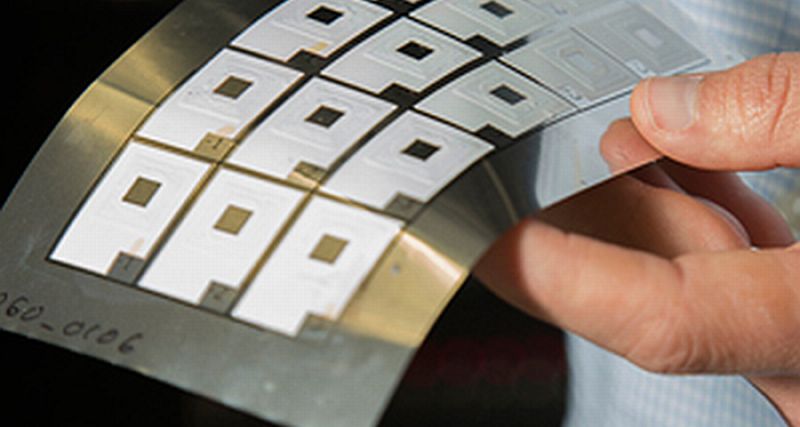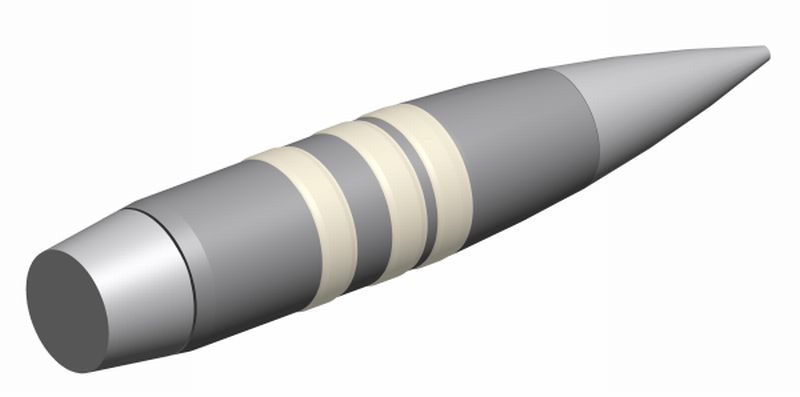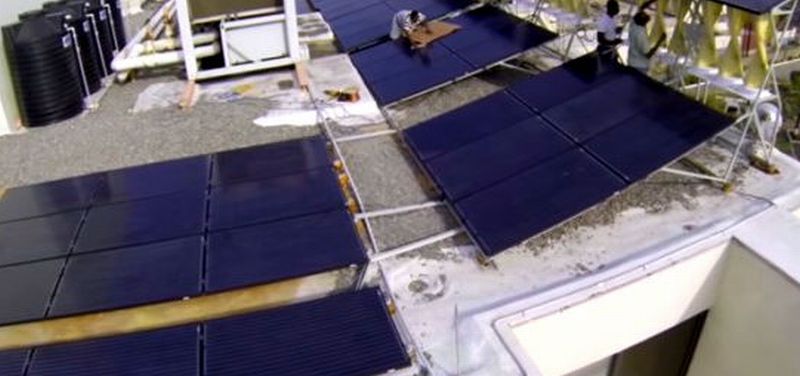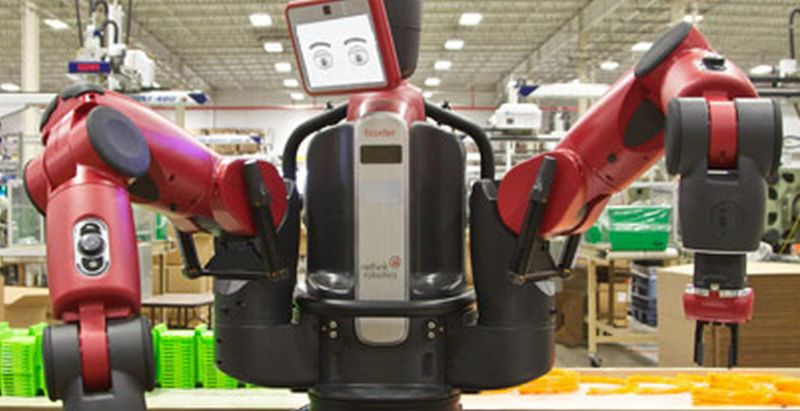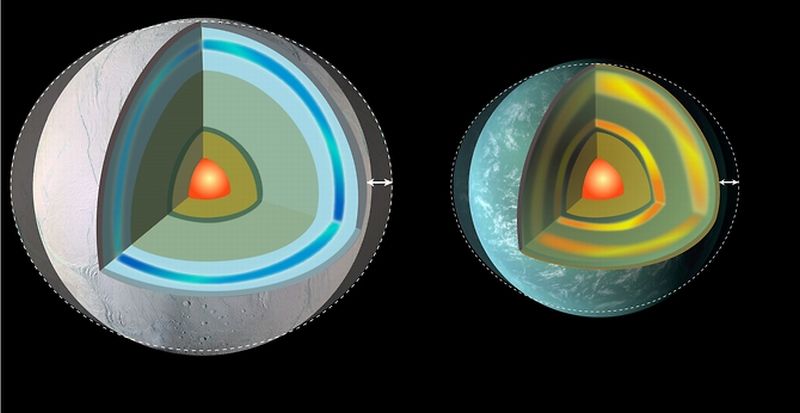Experts at Yale School of Medicine have identified a control switch of glucose within brain that has a direct linkage with both type 1 and type 2 diabetes. Ventromedial nucleus (VMN, or ventromedial hypothalamus, VMH) is a nucleus of the hypothalamus that contains an enzyme called the prolyl endopeptidase. This enzyme initiates a chain of steps that assist in controlling the levels of glucose in blood stream. Researchers envision that this finding would help them in leading towards new treatments for diabetes.
Read MoreAuthor: Pooja Kashyap
New Spray-on Solar Cells: Thin-film Photovoltaic Technology
In an interesting way, a group of researchers at the University of Sheffield was able to develop perovskite solar cells with the help of spray-painting process. Although the process is not new but using perovskite as a spraying material is being employed for the first time. Sheffield’s experts from the department of Physics and Biological Engineering have already used the spray-painting process to fabricate solar cells but the material used was organic semiconductors. In 2012, the researchers were able to successfully demonstrate the efficiency of photovoltaics based on organometal halide…
Read MoreEarlier Asteroid Impacts led to the formation of Earth’s Crust: Geological Evolution
Last year we talked about how meteor impact led to pastoral revolution and now recent research on Earth’s surface revealed that the planet was in a constant reprocessing process due to the huge asteroid impacts. The new approach utilizing the terrestrial bombardment model based on lunar and terrestrial data disclosed that asteroid collisions where the game changer which caused evolution of the topmost layers of Earth during its initial stages, which happened around 4.5b years ago. Yvonne Pendleton, NASA’s Solar System Exploration Research Virtual Institute (SSERVI) Director added that repeated…
Read MoreColor changing Ice Cream: Fruit-flavoured treat invented by a Physicist
In an interested way in doing something unconventional, a Spanish physicist pioneered in preparing magical ice cream that changes color as it is tasted in a cone. Wanting to do something different from the usual research work, the engineer, professor and physicist Manuel Linares thought of doing something in the line of cookery. His love for ice cream and fascination towards the phenomenon, which causes its change in color under fluorescent lights, compelled him to create an ice cream that varies in color as per the temperature and acids found…
Read MoreBuilding 3D Products in Space: Printing the Metals of the Future
One of the major drawbacks of 3D printing is its lack of ability to use varied types of materials in printing a particular product. The same inability has been hindering 3D printing in space travel as well, where at times, situation demands fabrication of certain parts from several different materials. NASA’s Jet Propulsion Laboratory (JPL) space scientists in collaboration with researchers from Caltech and Penn State University have been working closely to resolve this problem of bringing 3D printing closer to space travel. They developed a process that allowed for…
Read MoreDamaged Robot learns to Hobble Quickly: Coping with Limb Loss
Last year, a set of researchers at the Sorbonne University, Paris created a hexapod that was able to figure out how to walk even after one of its legs was malfunctioned, just like animals do. The robot was very much dependent on an experimental discovery to carry out the best gait to surmount the caused damaged. This meant that it analyzed then entire stuff that has been programmed into it to figure out the best possible way. Although, this worked fine but it consumed nearly 20 minutes every time it…
Read MoreFlexible and Enduring Rechargeable Battery: Reshaping landscape for Wearable Devices
In an effort to reshape the battery landscape, Imprint Energy, a California based startup is fabricating flexible and rechargeable batteries, which can be printed using the very common industrial screen printers. The firm envisions to market the ultrathin zinc based polymer batteries to wearable electronics manufacturers and pitch the same in medical field, robotics and military for environmental sensors and smart labels.
Read MoreBlack Holes morph into White Holes: Space-Time Loops cause Big Bounce
As per a recent theory, supernova explosions could be the dying throes of black holes that were formed soon after the Big Bang. The phenomenon called black holes have been the most flabbergasting observable fact of the universe and until now, there has been no concrete evidence as to what is on its other side and what happens to the matter that it engulfs. However, two physicists have gone ahead and postulated that these black holes have an expiry date too and that they morph into ‘white holes’ explosively dispersing…
Read MoreDARPA’s Guided Bullets: Revolutionizing Rifle Accuracy or Developing Tools for RoboSoldiers
In an interesting ammunition research development program, DARPA has come about with a technology that could change mid flight direction of bullet only to hit the target down. Extreme Accuracy Tasked Ordnance program under DARPA brought about the first live-fire tests showing the in-flight guidance of .50-caliber bullets. EXACTO is able to demonstrate the maneuvering of bullet’s direction while it’s in mid flight only to counter balance the aim that is being set by the sniper. Agency released the following video depicting the test flight of 0.50-caliber bullets that were…
Read MoreUS military to develop a Reusable Unmanned Spacecraft: The Experimental Spaceplane project
The US military is looking forward to create an affordable and efficient robotic space plane that has an ability of embarking payloads directly into the orbit. DARPA has already granted the design contract to three firms namely, Boeing, Masten Space Systems and Northrop Grumman. For the initial stage of the Experimental Spaceplane project, also called the XS-1, the firms have collaborated with similar other aerospace companies. For instance, Boeing is working with Blue Origin, Masten is teaming up with XCOR Aerospace and Northrop Grumman is collaborating with the Virgin Galactic.…
Read MoreWorld’s Largest Wind Solar Hybrid: Saving Over $2 Million in Energy Costs
Lately, in Jamaica wind-solar array has been installed, which happens to be the world’s first such arrangement. This hybrid array boasts of providing the maximum renewable energy density of any technology on the market. Energy limit of more than 106,000 kWh is expected to churn out yearly. WindStream Technologies, the renewable energy tech firm envision that the longevity of the project is around 25 years and the energy cost savings is graphed to go beyond $US 2 million. However, the return on investment will start showing itself within the consequent…
Read MoreBaxter Research Robot: Ideal Platform for Collaborative Robotics
Baxter Research Robot is an interesting and affordable concept for the corporate and academic robotics research across the world. It would help teaching fifth graders how to code on a real robo machine. Targeted towards academic and corporate R&D departments, it would assist in human-robot interaction and collaborative robotics to the next level. Safe and reliable hardware platform The humanoid robot platform is worth $25,000 (USD). It consists of two 7-axis arms, embedded cameras, sonar, torque based sensors and direct programming access through standard Robot Operating System interface. It makes…
Read MoreSteve Jobs by Walter Isaacson
Very aptly, Walter Isaacson has been able to depict the lives and times of the celebrated genius, Steve Jobs. The book talks about the emergence of Silicon Valley and the contemporary tech aficionados as well. It begins with his rebellion attitude towards life and his contemptuousness towards his biological parents who left him for adoption. Right from Steve’s first job at Atari, perfectionism could be seen as one of his major character trait. One probable reason could be his father’s influence who was very particular even about the look of the…
Read MoreTidal Forces influence Planets in Eccentric Orbits: Possibility of creating Habitable Worlds
Fixation towards heat for survival is the key element across planet earth and the solar system. During the origination of human life, early man stumbled upon the discovery of fire by rubbing sticks and since then it has evolved gradually. In an interesting study, researchers at NASA have discovered a similar fixation towards heat for survival across constellation. The findings are primarily based on the Earth sized planets in other star systems. Excessive heat denotes destruction but right amount of same heat results in creating habitual climatic conditions.
Read MoreBack Pain does not Link to the Weather Conditions: Posture is to be blamed
Australian researchers have come up with a study that has exploded the stereotypical myth of the reason behind the lower back pain. Till now temperature, humidity, air pressure and wind direction have been blamed for causing the lower back pain in people. However, the team of researchers has rebutted this external reason. As per WHO, nearly 33% of the world’s population suffer from lower back pain and people in huge number blame weather condition for the discomfort in the respective bodies. Initial studies showed that extreme weather conditions altered the…
Read More
